We have provided an infrastructure so that a disease registry can be designed with minimum time and cost. Because of different structures, users are able to design all the details of their system according to their needs.
Advantages of Conducting Disease Registries Electronically
RABIT Registry's advantages in designing disease registries electronically.
Electronic Disease Registry Requirements
RABIT Registry Features
Create your own account now to view RABIT Registry full features.
Some of Disease Registries Designed In RABIT
The use of today’s technologies to empower researchers in the design of disease registration systems has made it possible to design a system with all the requirements of a disease registration system in the shortest time and without the need for a programmer. Some of the disease registration projects carried out in RABIT are:



















